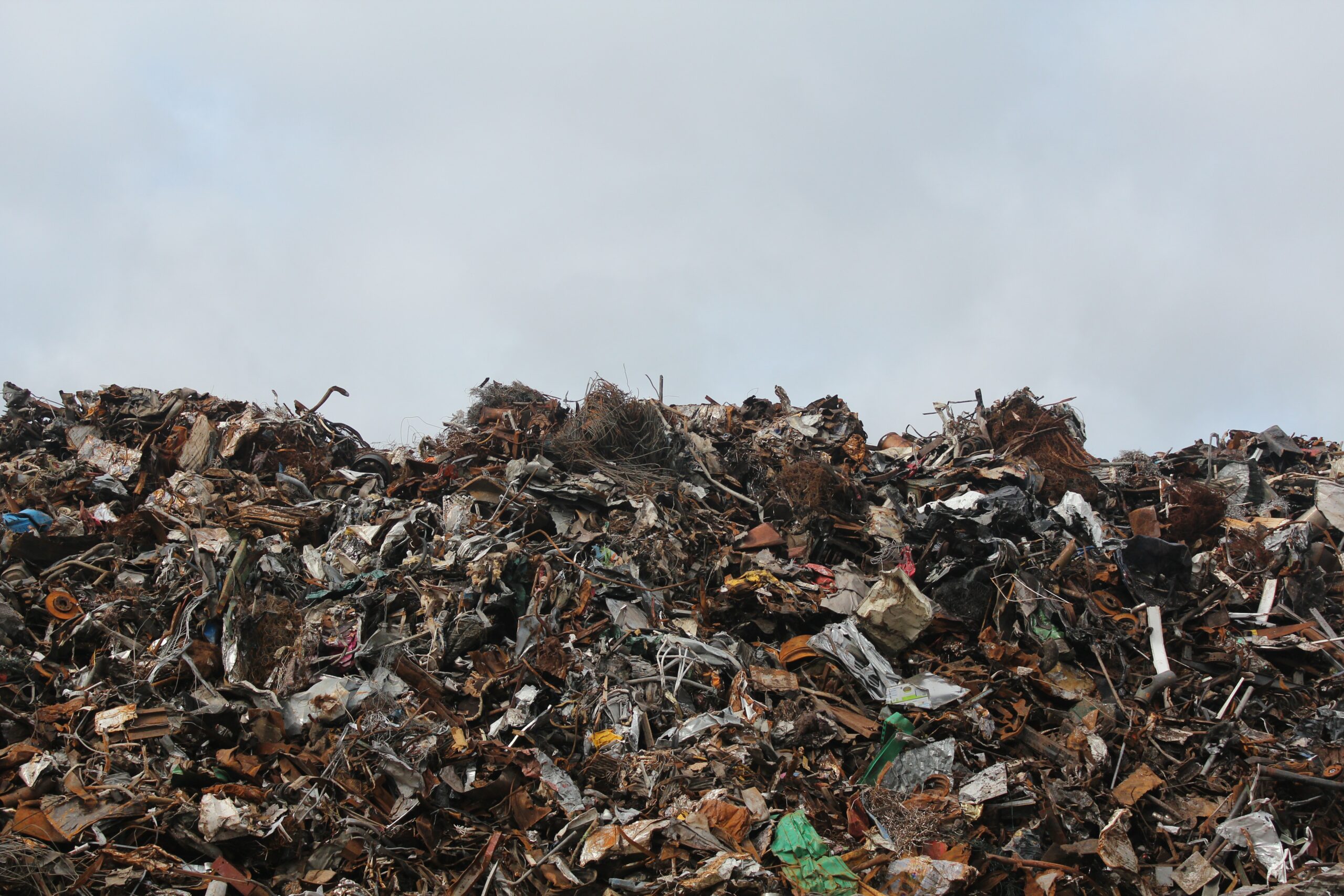It is commonly known that sustainability is the preservation of our present resources that we have available today for the future needs of our next generations. [1]
The sustainability concept is formed upon three principles:
- Economic– also known as profits,
- Environmental– also known as planet,
- Social– also known people.
People’s perceptions today are realising the amount of harm that we have caused our planet and are shifting their mindsets towards sustaining the environment for our future generations.
Information Technology is a key feature of the modern world and is used by most businesses across the world. The growing use of technology has come with an increasing environmental cost. In today’s topic, we discuss how information technology can be made more sustainable in the future. Many businesses are realising the importance of sustainable IT and are considering establishing and providing sustainable IT business function within their business. Their understanding of the importance is proved by a recent survey in Australia of government and corporate firms of all sizes which found the following positive results: [2]
- 80% of IT decision makers believe that implementing Sustainable IT is important.
- 49% saw positive company reputation as a benefit.
On the downside, companies found that:
- 51% of IT decision makers stated that cost was a barrier to implementing Sustainable IT.
- 25% saw complexity of implementation and maintenance.

Businesses must learn and plan our use of information systems now if we want to continue having access to information technology in the future. The learning and planning process must consider the needs of our future generations without depleting present resources nor harming the planet. Mobbs describes the key areas of sustainable information technology as an “information flower.” [3] He describes the key elements of sustainable information are driven by eight key processes which are:
- Renewable energy is the key source that drives the other seven processes.
- Care – maintenance, security and resilience.
- Disposal of hardware once it has reached the end of its life or practical use. This process covers disposal and possible reuse.
- The availability of resources used today will deplete future resources.
- Hardware – the components required to put the hardware together.
- Software – operating and desktop software applications.
- Networks – the use of resources required to develop and maintain operating networks.
- Storage of data needs to be sustainably managed.
Based upon the eight processes listed above, we can briefly describe how you can develop a roadmap for building a sustainable information technology in your business. The roadmap should be developed taking into account internal and external IT resources.
- Ensure that the internal culture within your company has the positive mindset for transforming to sustainable IT. This process involves developing an understanding of the environmental impacts of information technology on your business. The senior management must be committed to the Sustainable IT solutions’ success.
- There should be initial and on-going comprehensive training for employees.
- Develop an IT asset management and IT asset replacement strategy and procedures. The IT asset management relies on maintaining accurate asset registers and establishing predictable usage patterns. IT asset replacement requires the understanding of options available for product reuse, trade-in and recycling.
- Apply and implement the three points listed above over time.
If all companies can get involved with implementing sustainable information technology processes and practices within their companies, there will be less depletion of resources today which will enable our future generations to enjoy sustainable information technology.








